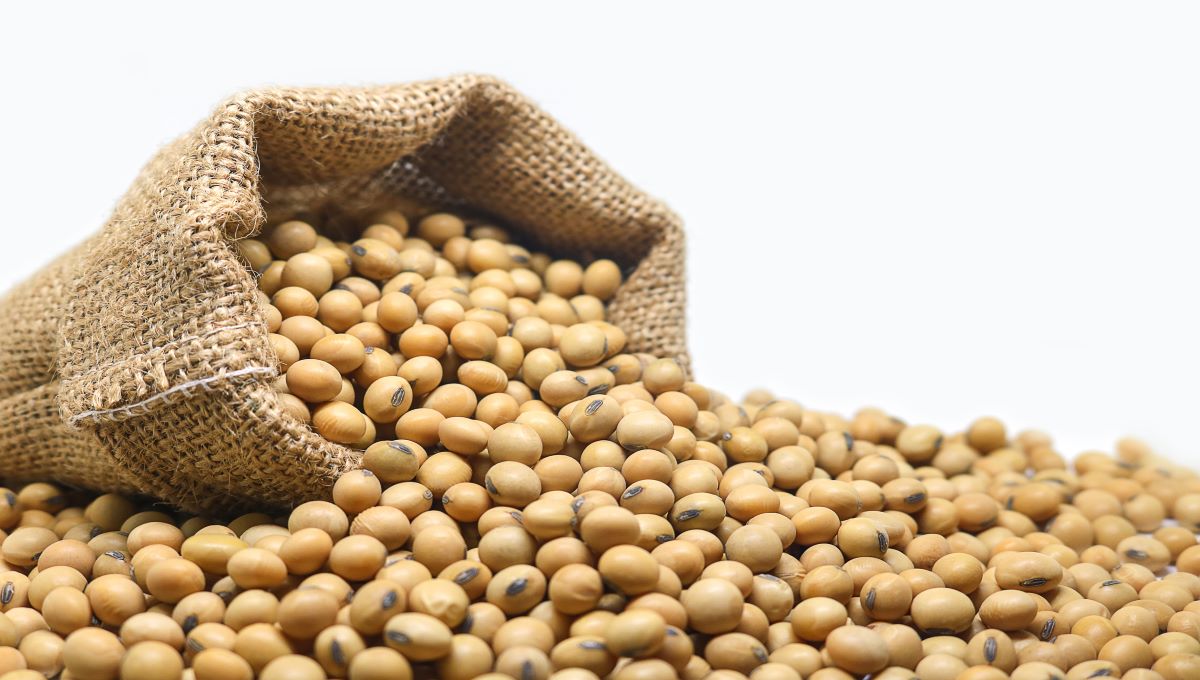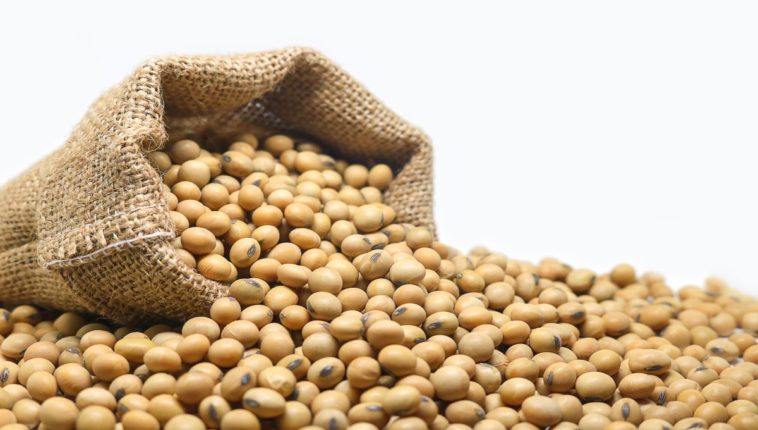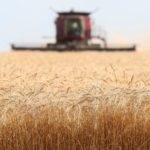Experts help WFP after food aid outbreak – Food Safety News

An expert group on tropane alkaloids that gathered after an outbreak traced to contaminated food aid in Uganda has published its findings.
In 2019, 315 people were ill and five died after eating “Super Cereal” provided by the World Food Programme (WFP) that was contaminated by tropane alkaloids. Super Cereal consists of pre-cooked corn, soybean and micronutrients.
High concentrations of scopolamine and hyoscyamine, from the toxic plant species Datura stramonium, in soybeans were the source of the food poisoning.
A second smaller contamination later in 2019 involved unprocessed sorghum contaminated with Datura stramonium seeds, which was distributed as food aid to South Sudan.
WFP asks for help
A recent study found deficiencies at the Turkish factory that supplied the implicated food aid. Other research discovered contaminated product, withdrawn after two incidents in March and April, was stolen from a warehouse and caused a third outbreak in August.
There are no international regulations for tropane alkaloids or Codex maximum levels. The EU has maximum levels for hyoscyamine and scopolamine concentrations in foods for infants and young children.
Earlier this year the WFP asked the Food and Agriculture Organization (FAO) of the United Nations, and the World Health Organization (WHO) to provide scientific advice on tropane alkaloids in processed and unprocessed products. This would allow development of risk management measures in the supply chain to prevent future intoxications. The FAO and WHO expert meeting was held during a couple of days in March and April.
An executive summary of the event was published a few month ago and now the full 196-page report is available, providing risk assessments of tropane alkaloids (hyoscyamine and scopolamine) and recommendations on risk management options.
Creating limits
FAO and WHO intend to present findings of the meeting to the Codex Alimentarius Committee on Contaminants in Foods (CCCF) for consideration of developing a global standard.
Markus Lipp, of FAO, asked participants to consider developing two limits applicable to WFP products; a health-protective limit suitable for checking compliance of raw and finished products and an upper threshold that would trigger the need for follow-up actions if it was found that materials in the markets were to exceed such a limit.
Populations typically consuming WFP products could have various underlying health conditions that may make them overly sensitive to tropane alkaloids toxicity.
To provide guidance for development of operational limits for hyoscyamine and scopolamine in WFP products, a Margin of Exposure approach based on pharmacological effects in humans and acute dietary exposures was used in the risk characterization.
Experts said it would be difficult to define the proposed operational limits and guidance levels based on numbers of Datura seeds in grain used in the production of WFP products mainly because of the large variability of tropane alkaloid concentrations in the different Datura species.
(To sign up for a free subscription to Food Safety News, click here.)
Published at Wed, 02 Dec 2020 05:12:33 +0000






Comments
Loading…